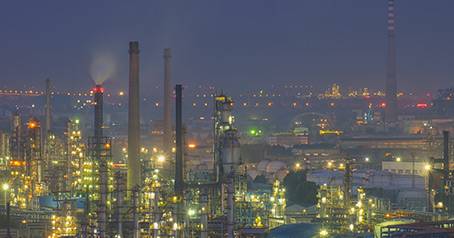Aug . 19, 2024 18:11 Back to list
Durable PVC Cutting Boards for Effortless Meal Preparation and Easy Cleaning
The Versatility and Benefits of PVC Cutting Boards
In the world of culinary tools, cutting boards are essential items found in kitchens worldwide. Among the various materials used for crafting these boards, PVC (polyvinyl chloride) has gained popularity in recent years due to its numerous advantages. PVC cutting boards present an impeccable combination of functionality, durability, and ease of maintenance, making them an excellent choice for both home cooks and professional chefs alike.
One of the main benefits of PVC cutting boards is their durability. Unlike wooden boards, which can warp or crack over time, PVC boards are designed to withstand the rigors of daily use. They are resistant to moisture, stains, and odors, ensuring that they retain their appearance and functionality over years of service. Additionally, PVC cutting boards do not absorb liquids, which helps prevent the growth of harmful bacteria that can compromise food safety.
The Versatility and Benefits of PVC Cutting Boards
In terms of safety, PVC cutting boards are non-toxic and food-safe, making them suitable for preparing various types of food, from vegetables to meats. They are available in a range of colors and sizes, allowing users to designate specific boards for different food types—such as raw meats and vegetables—to avoid cross-contamination. This feature is particularly important in today's health-conscious environment, where food safety is a top priority.
pvc cutting board

Another significant advantage of PVC cutting boards is their lightweight nature. Compared to wooden or glass alternatives, PVC boards are easy to handle and move, which is especially beneficial when transitioning from one area of the kitchen to another or when transporting food to the dining table. This portability makes them ideal for catering situations and outdoor cooking as well.
Moreover, the surface of PVC cutting boards is designed to be gentle on knife blades. Unlike glass or hard plastic boards that can dull knives quickly, PVC offers a softer surface that helps maintain the sharpness of your culinary tools. This aspect not only prolongs the life of your knives but also enhances the overall cooking experience by making slicing and dicing smoother and more enjoyable.
Despite their many advantages, PVC cutting boards still face some criticism, particularly regarding their environmental impact. PVC is a type of plastic that, if notdisposed of properly, can contribute to plastic pollution. However, many manufacturers are increasingly adopting sustainable practices, such as producing recyclable or biodegradable options. Consumers can also mitigate environmental impacts by choosing boards made from recycled PVC or supporting brands that prioritize sustainability.
In conclusion, PVC cutting boards offer a range of benefits that make them an attractive option for any kitchen. Their durability, ease of maintenance, safety features, lightweight nature, and knife-friendly surface position them as a practical choice for both casual cooks and culinary enthusiasts. As the demand for eco-friendly alternatives continues to grow, consumers can seek out brands that align with their values while still enjoying the numerous advantages that PVC cutting boards provide. Whether you're preparing a simple salad or a gourmet feast, adding a PVC cutting board to your kitchen arsenal will undoubtedly enhance your cooking experience.
-
High-Quality PPR Pipes and Fittings Durable ERA PPR & PVC PPR Solutions
NewsJul.08,2025
-
Black HDPE Cutting Board - Durable, Non-Porous & Food Safe HDPE Plastic Cutting Board
NewsJul.08,2025
-
High-Quality CPVC Panel Durable HDPE & PVC Panels Supplier
NewsJul.08,2025
-
Double PE Welding Rod Supplier - High Strength, Durable & Versatile Welding Solutions
NewsJul.07,2025
-
High-Quality PVC-O Pipe Supplier Durable 75mm PVC Pipe & Connections Leading PVC Pipe Company
NewsJul.07,2025
-
HDPE Drainage Pipe Supplier – Durable & Corrosion-Resistant Solutions
NewsJul.06,2025

